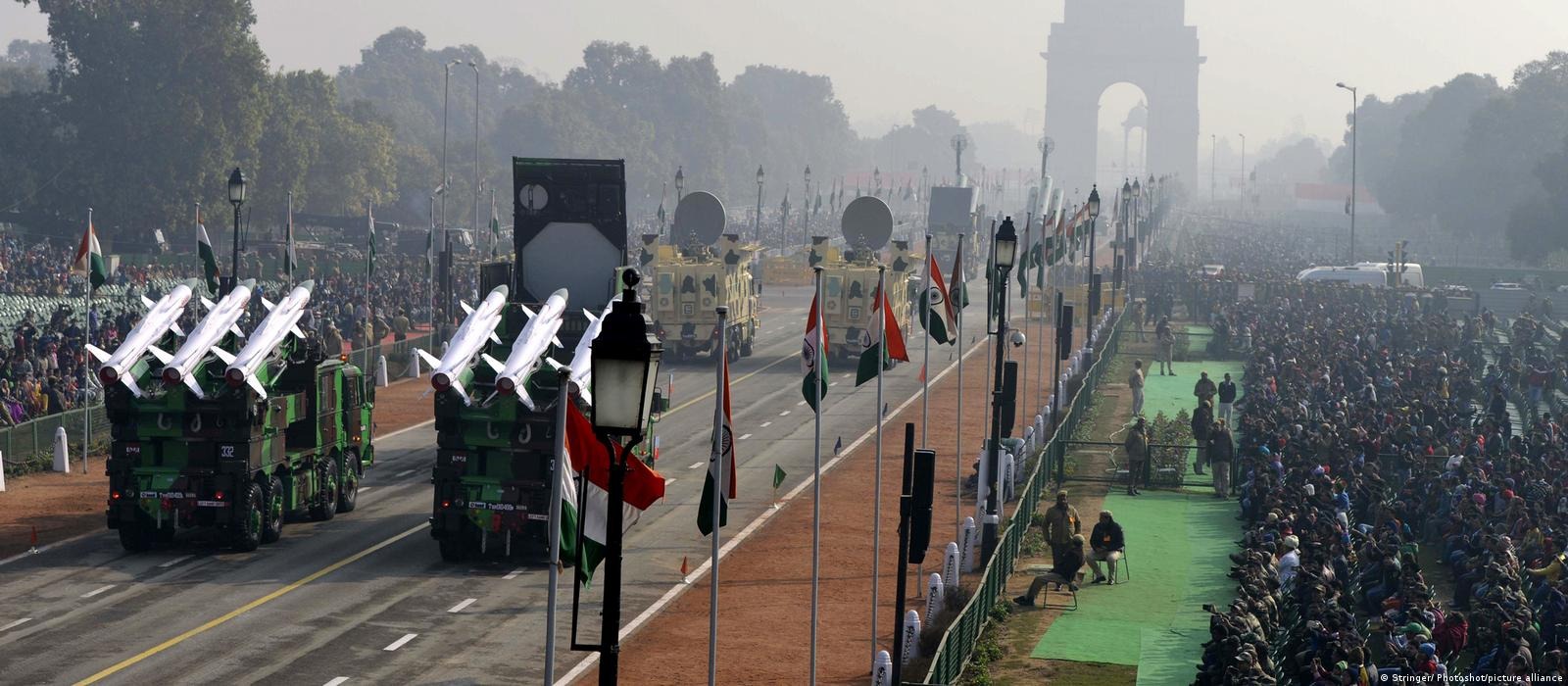Last month, President Joe Biden’s administration had to intervene to persuade Senator Ben Cardin to drop his objections to the sale of armed drones to India.
Senator Cardin had placed a hold on the supply of 31 MQ-9 Predator and Sea Guardian drones to India until the US government conducted a “meaningful investigation” into an alleged conspiracy by “Indian agencies” to assassinate Gurpatwant Singh Pannun, a New York-based Khalistan activist whom New Delhi regards as a terrorist.
The White House successfully convinced Senator Cardin to revoke his hold, clearing the way for the drone sale to proceed. However, this incident has raised concerns about the reliability of the United States as a partner, which has long been a contentious issue in US-India relations.

The history of US-India relations has been marked by various challenges and disagreements. During the Cold War, the US and its allies, including Pakistan, co-opted Pakistan into joining the Southeast Asia Treaty Organization (SEATO), primarily to counter communism in the region.
This move also supported Pakistan’s struggles against India. In the late 1950s, the US supported Pakistan as a member of the Central Treaty Organisation (CENTO), further straining relations with India.
In 1971, President Richard Nixon and Secretary of State Henry Kissinger supported Pakistan during the Bangladesh War, even sending the 7th Fleet to intimidate India.
The US also used Pakistan as a conduit to establish relations with China in 1971, a move that significantly impacted the Cold War dynamic. In 1999, India’s nuclear tests drew hostility from Washington, leading to sanctions on the supply of defense equipment.
It was not until the early 2000s that US-India relations began to improve, culminating in the signing of various agreements, such as the New Framework Agreement for the US-India Defense Relationship in 2005 and the Defense Technology and Trade Initiative.
In 2018, the bilateral security partnership reached a new level with the inaugural 2+2 Ministerial Dialogue, a cabinet-level meeting between American and Indian defense and foreign policy leaders.
Despite these advancements, US-India relations remain subject to challenges. Military-to-military cooperation, including joint exercises and training, has strengthened, but mutual commitment in combat remains limited.
While the US welcomes Indian involvement in its operations, India has shown little appetite for involvement in American wars.
Defense sales between the US and India have been significant, with India purchasing weaponry worth around $25 billion from the US. However, certain defense systems, such as carrier-borne fighter aircraft and additional P-8I multi-mission maritime aircraft, are currently stalled due to funding issues.
Additionally, the ‘Make in India’ initiative, aimed at boosting domestic defense production, has faced challenges in attracting foreign manufacturers.
The economic rationale for transferring manufacturing to India is often questioned, especially for equipment with relatively small production runs.
While US-India relations have improved significantly in recent years, they continue to face challenges, particularly in areas such as defense sales and defense-industrial cooperation.
The Biden administration’s efforts to address these challenges will be crucial in strengthening the strategic partnership between the two countries.


